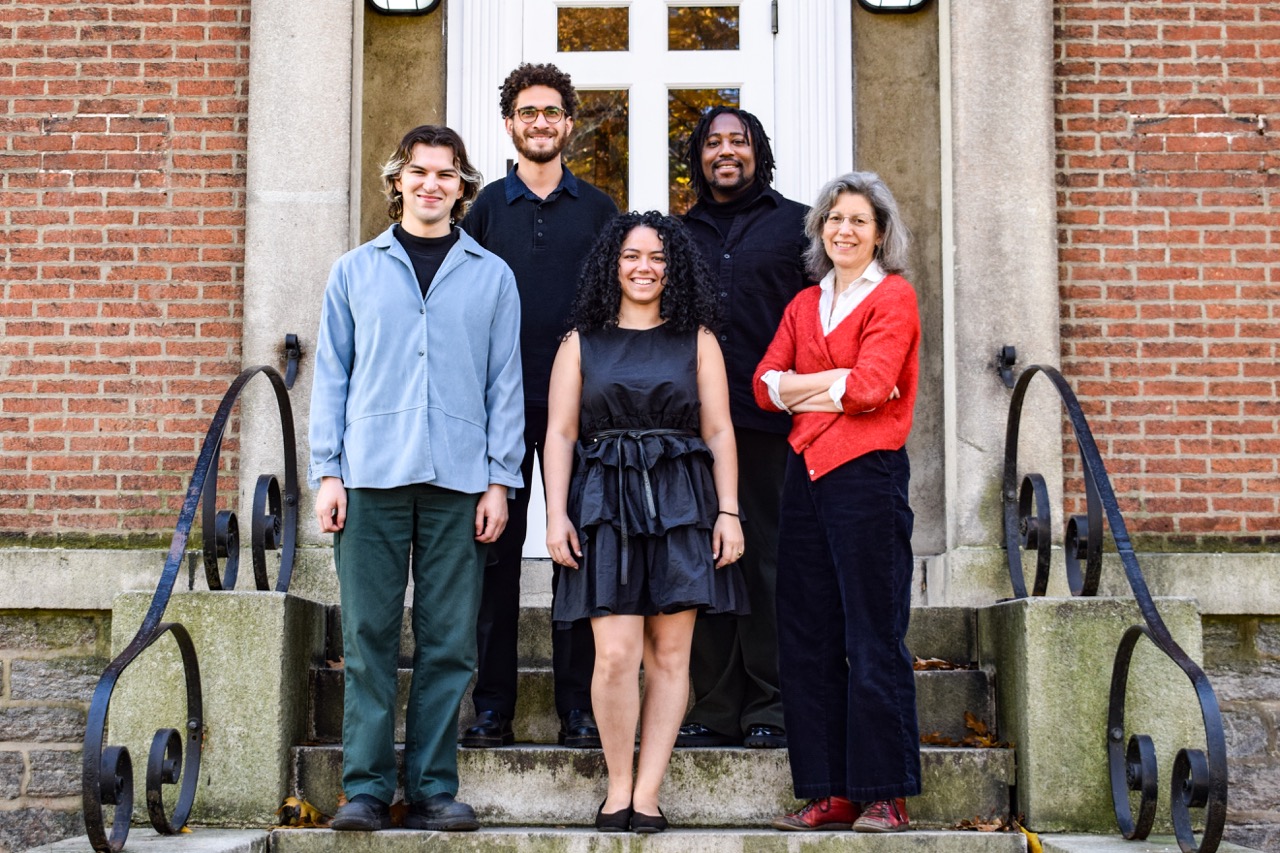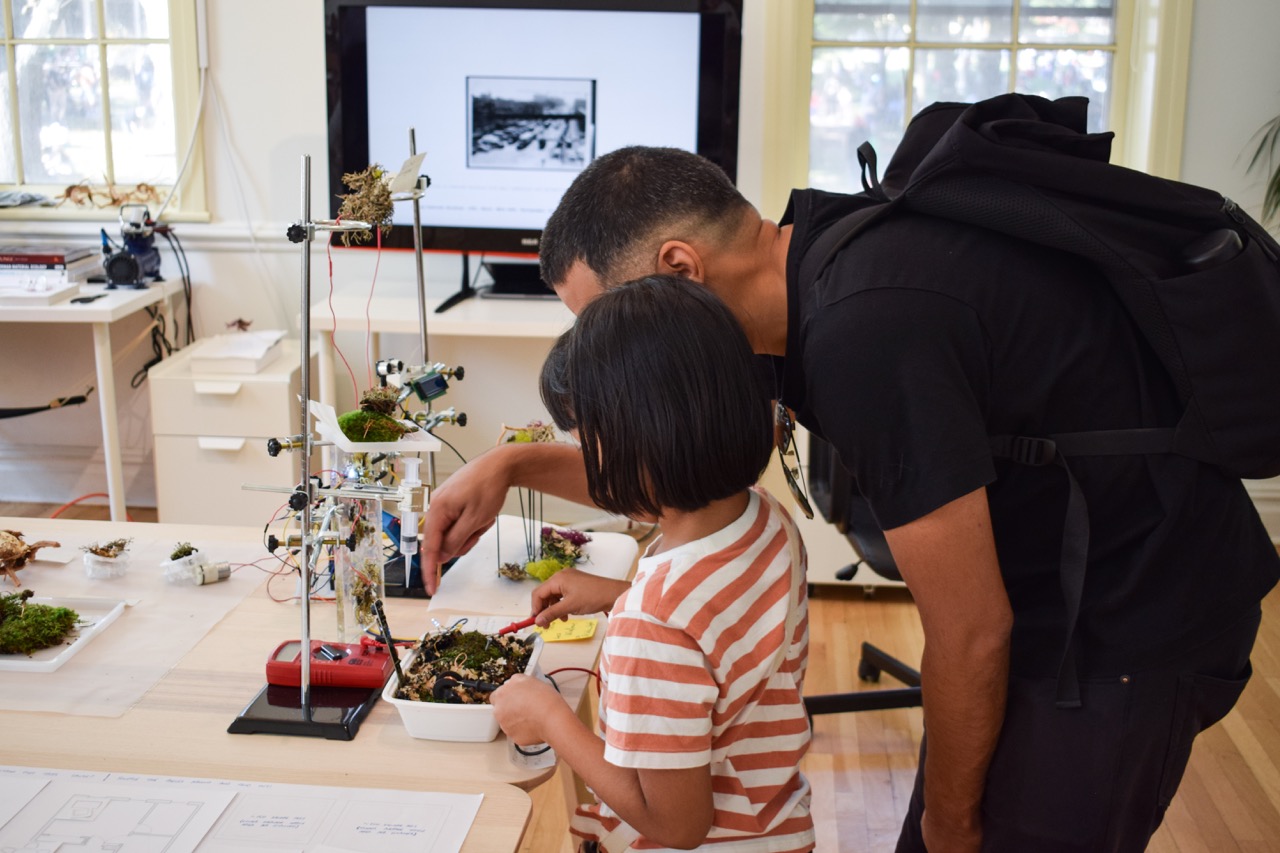The other of the other
Talles Lopes
2023 Fall Residency
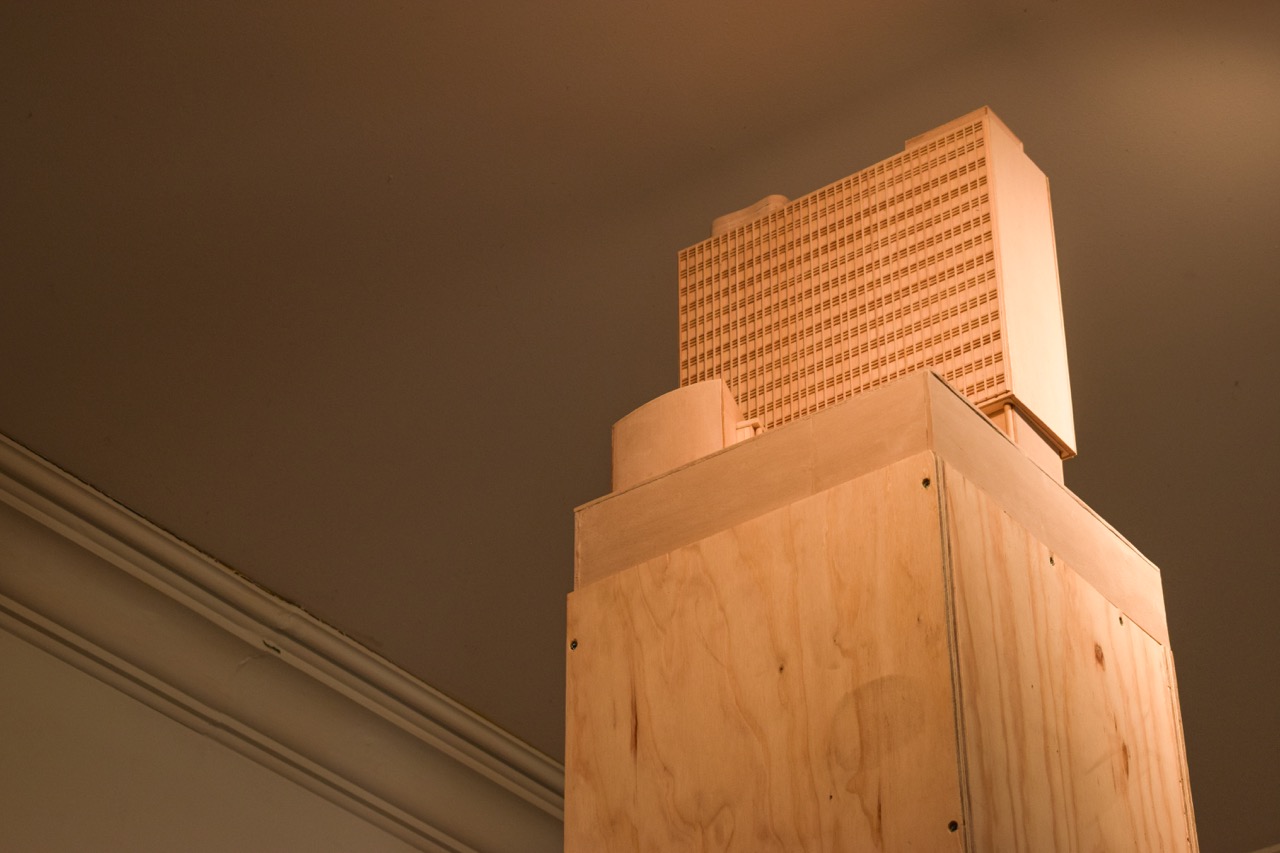
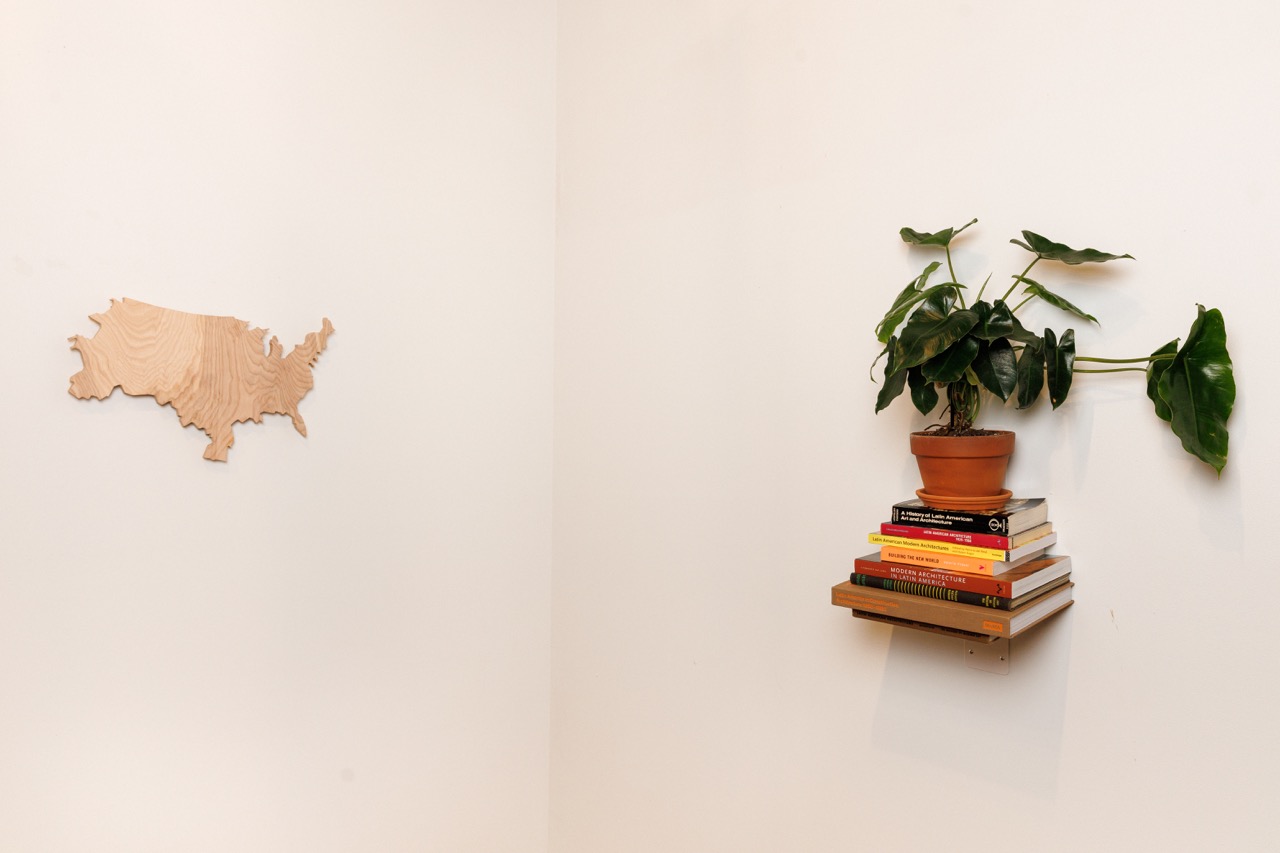

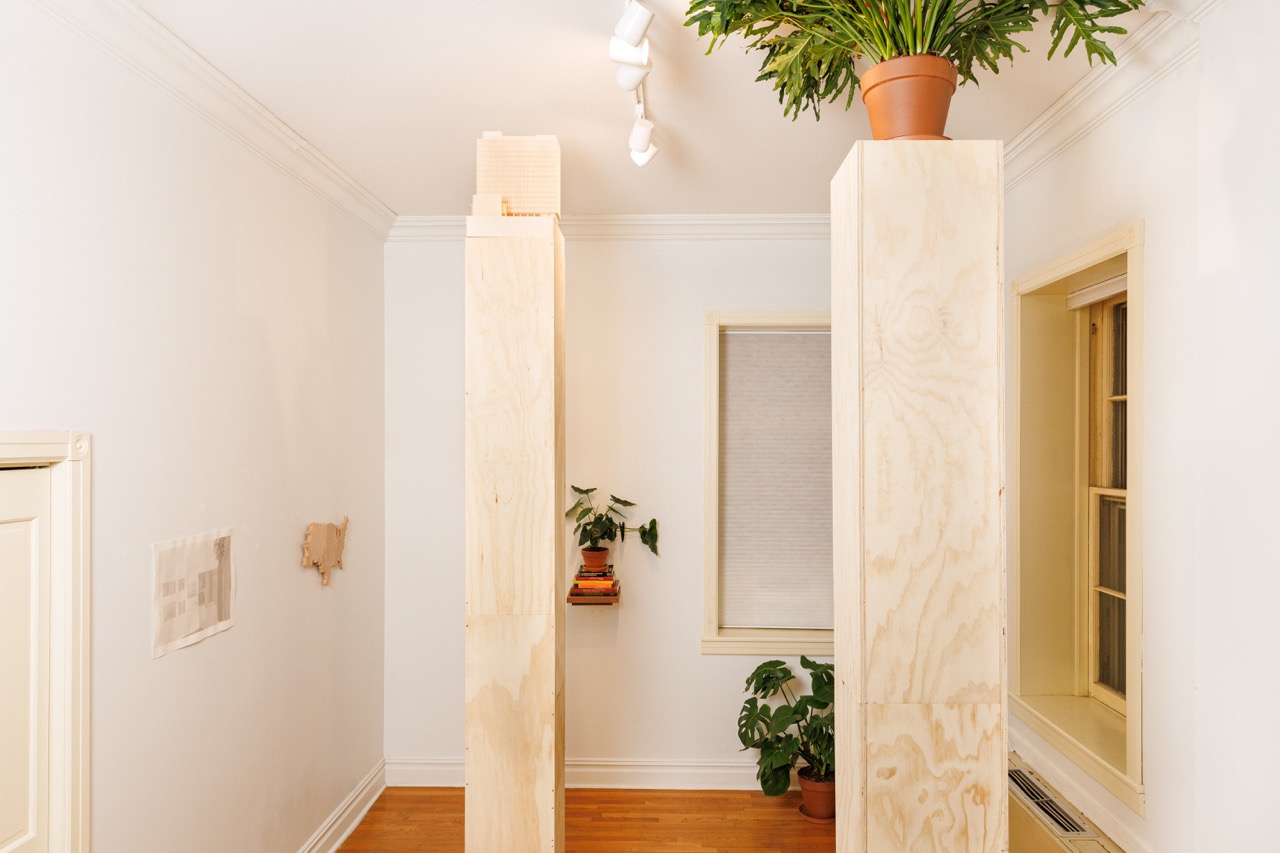

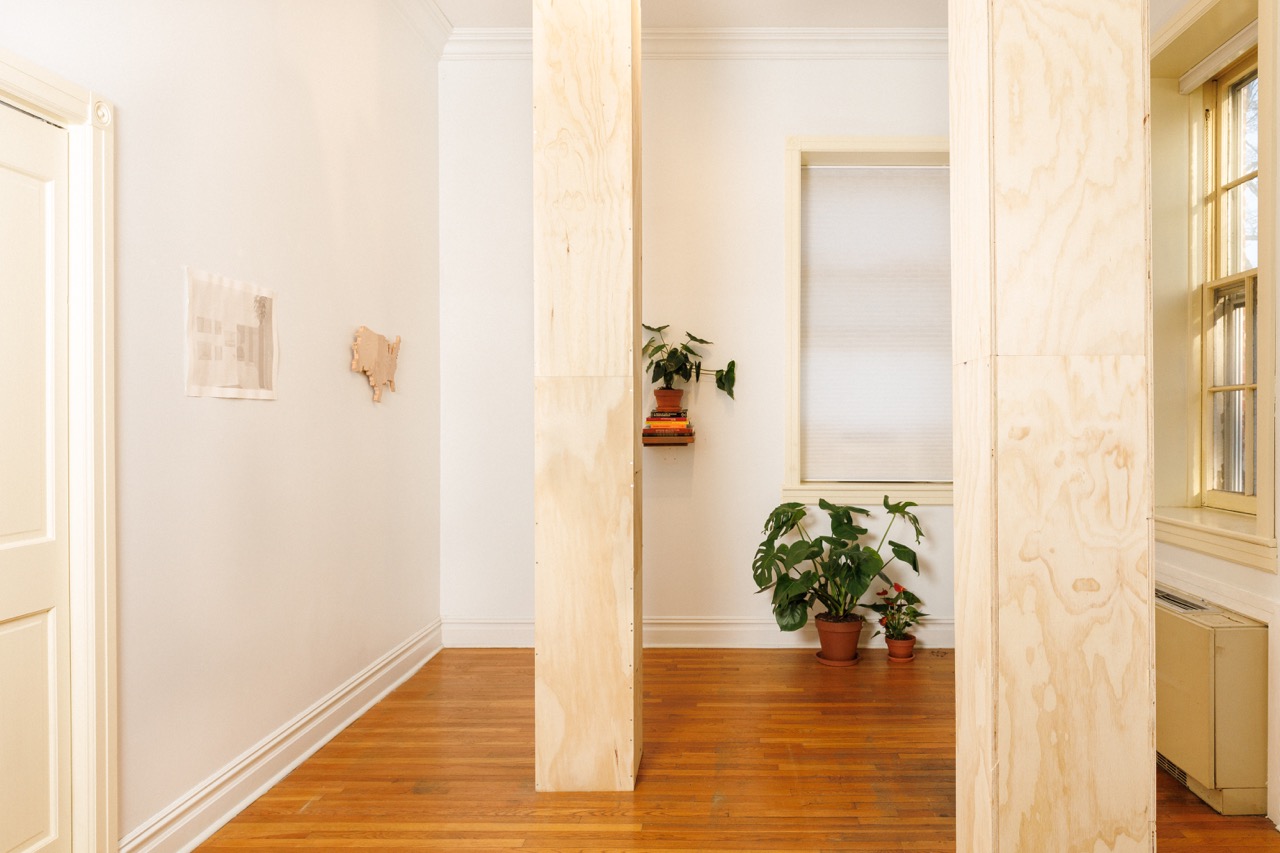
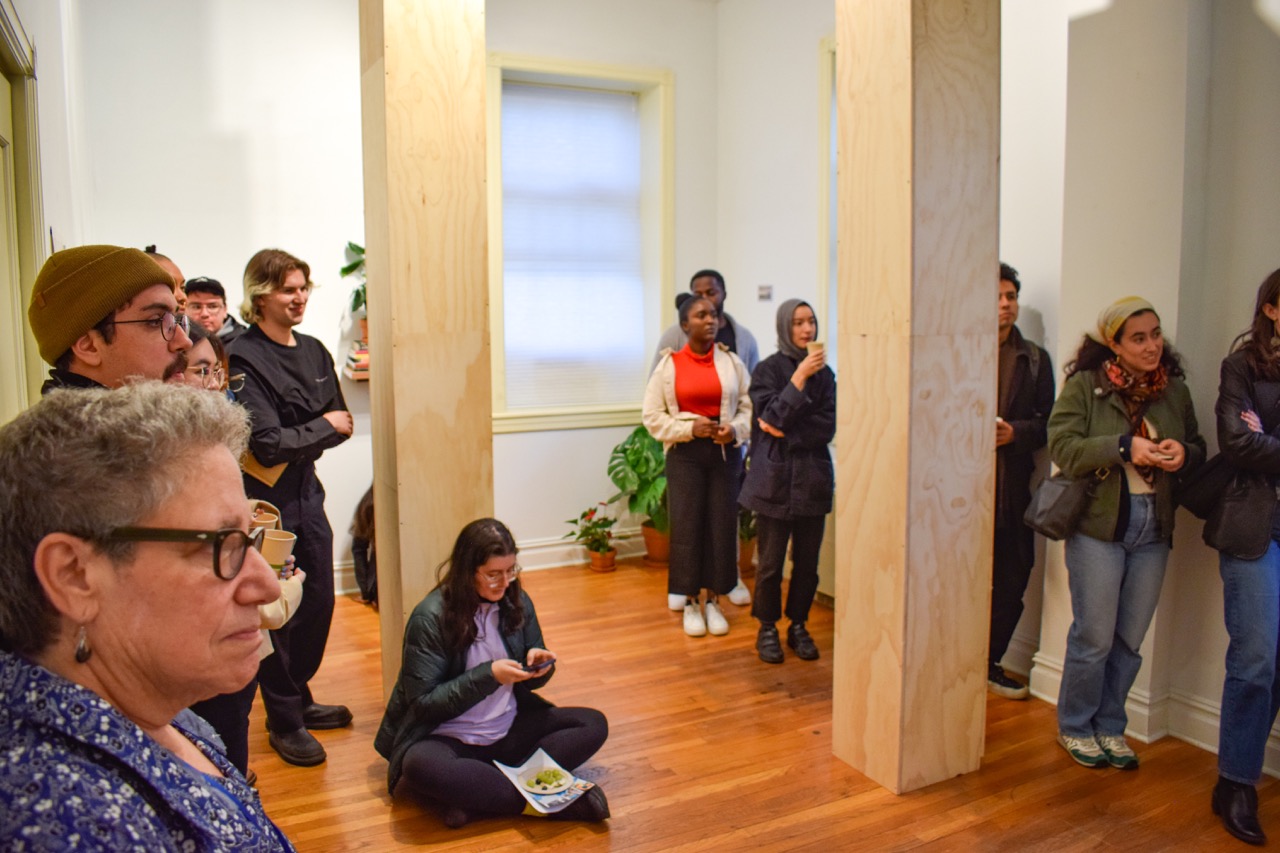
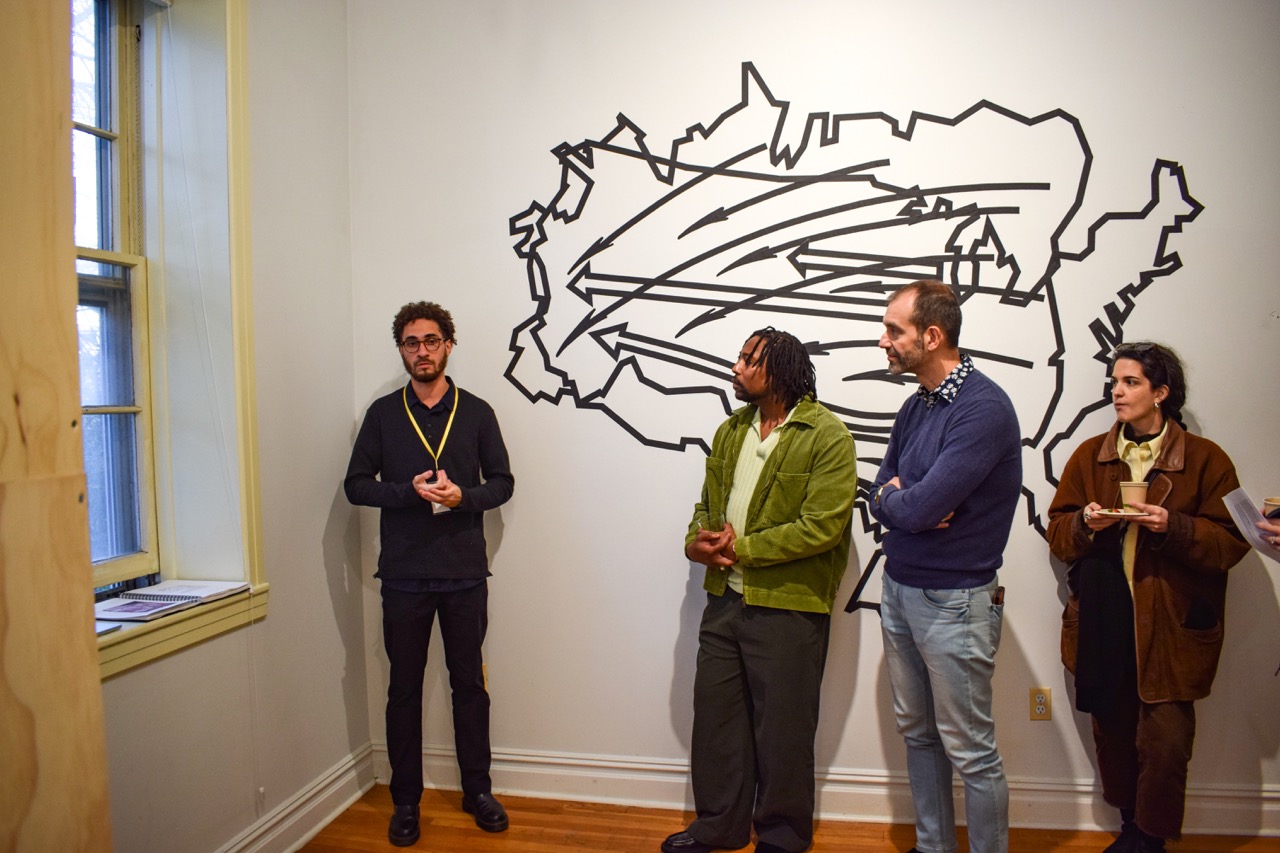
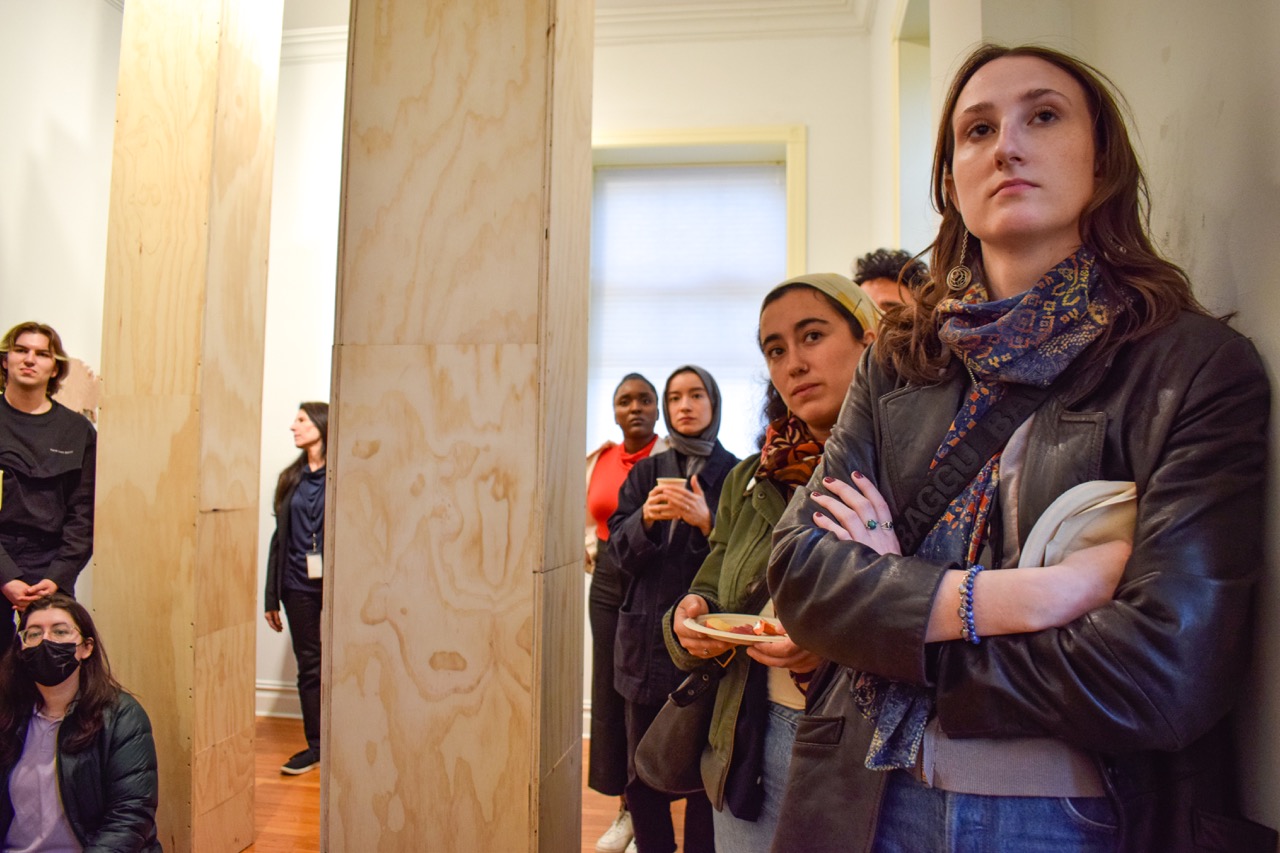
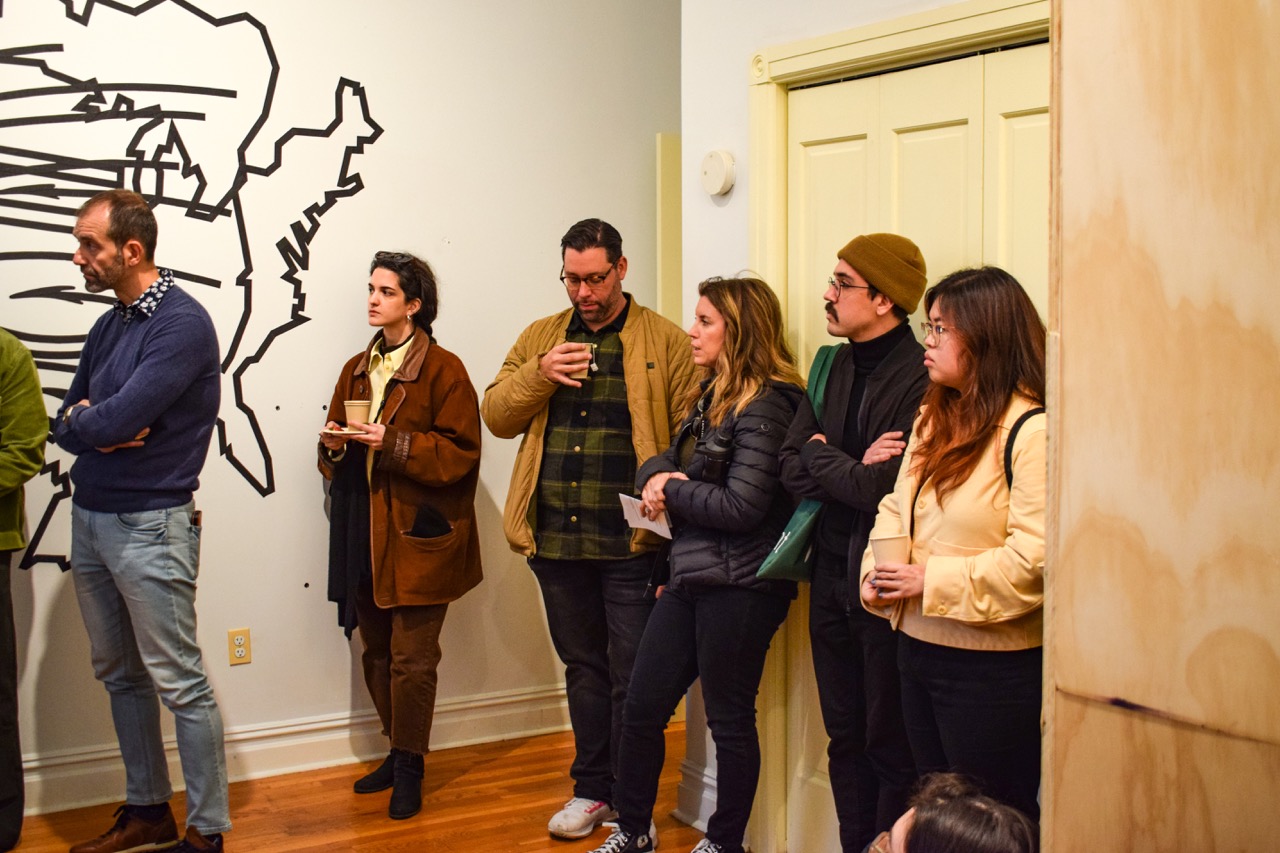
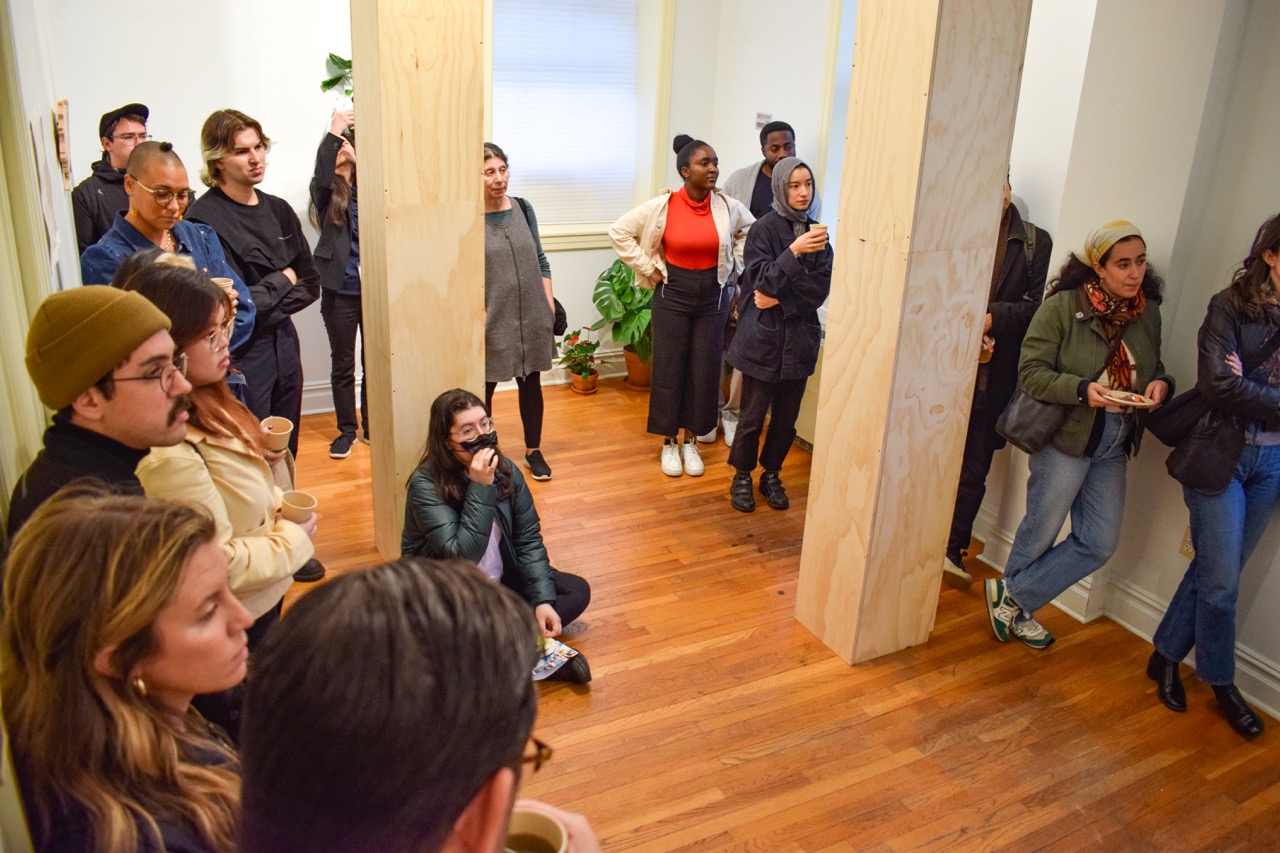
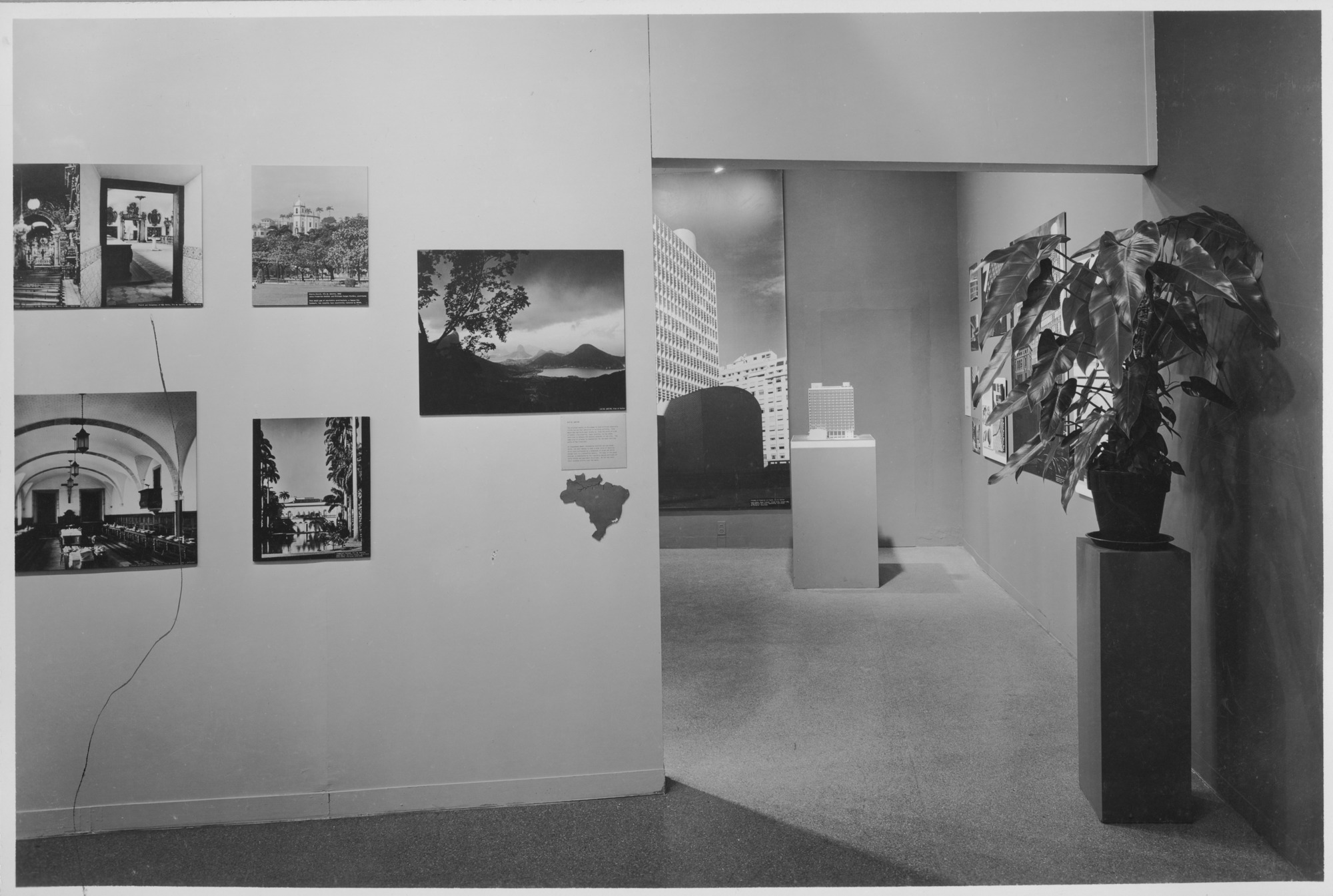
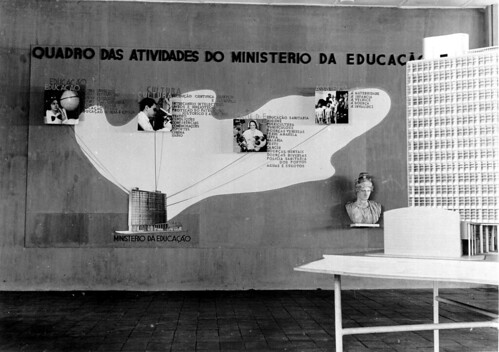
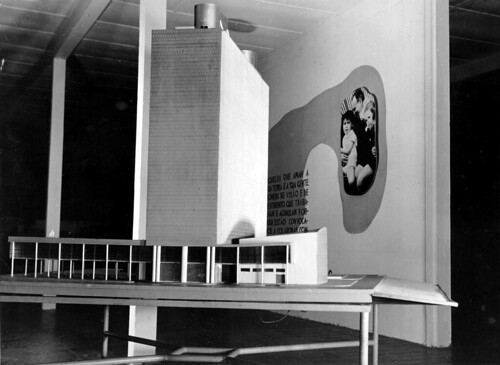


During the Residency at the Block House, I dedicated myself to thinking about how coloniality in the institution of modern Brazil was not only visible in the violent exploitation of the forests and their people, or in the perpetuation of racial violence in modernization projects in the 20th century, but was also silently translated into the international and commodified image of Brazilian tropicality. I suppose that such a tropical stereotype would be symptomatic of the processes of historical violence, running from a governmental image to design and architecture, to the extent that such an appeal to tropicality was sewn into the imminent domination of the territories, forests and peoples of its own territory.
Living on Governors Island, I was able to investigate how this imaginary was partially produced in the New York context through art, architecture and design exhibitions in different institutions during the 20th century. I was interested in two key episodes in the internationalization of modern Brazilian architecture, the experience of the Brazilian pavilion at the New York World's Fair (1939) and especially the Brazil Builds exhibition (MoMA, 1943), marked by the strong presence of tropical plants within the exhibition. Thus speculating on the hypotheses that Brazil outlined a third world imperialism in these exhibitions through its affiliation with a Corbusian modernism that attested to a development along Western lines, added to the use of Brazilian flora as a sign of the new cycles of internal colonization of Brazil's territories and biomes, based on the expansion of agricultural frontiers.
My hypothesis is that the fetish around a tropical stylistics, manifested in the excessive prominence of exotic plants in these exhibitions, was a symptom of a set of colonization and territorial integration policies in the 20th century, of which modern architecture was the main representative. These policies were guided by an imaginary in which forests were the representation of the "other", stigmatized along with their populations as savages subject to Western civilization. Aggressive agricultural expansion and mineral extraction, the violent integration of indigenous peoples into the national project were translated in New York in the display of exuberant tropical plants alongside modern concrete and steel buildings. With the domestication of plants in these exhibitions, Brazil signaled the domestication of its own territory in its colonial project of national integration.
Finally, this project explores, appropriates and reframes the displays and graphic materials of the exhibitions researched during the residency, seeking to unveil the relationship between design and the logic of domination in the United States and Brazil.
Living on Governors Island, I was able to investigate how this imaginary was partially produced in the New York context through art, architecture and design exhibitions in different institutions during the 20th century. I was interested in two key episodes in the internationalization of modern Brazilian architecture, the experience of the Brazilian pavilion at the New York World's Fair (1939) and especially the Brazil Builds exhibition (MoMA, 1943), marked by the strong presence of tropical plants within the exhibition. Thus speculating on the hypotheses that Brazil outlined a third world imperialism in these exhibitions through its affiliation with a Corbusian modernism that attested to a development along Western lines, added to the use of Brazilian flora as a sign of the new cycles of internal colonization of Brazil's territories and biomes, based on the expansion of agricultural frontiers.
My hypothesis is that the fetish around a tropical stylistics, manifested in the excessive prominence of exotic plants in these exhibitions, was a symptom of a set of colonization and territorial integration policies in the 20th century, of which modern architecture was the main representative. These policies were guided by an imaginary in which forests were the representation of the "other", stigmatized along with their populations as savages subject to Western civilization. Aggressive agricultural expansion and mineral extraction, the violent integration of indigenous peoples into the national project were translated in New York in the display of exuberant tropical plants alongside modern concrete and steel buildings. With the domestication of plants in these exhibitions, Brazil signaled the domestication of its own territory in its colonial project of national integration.
Finally, this project explores, appropriates and reframes the displays and graphic materials of the exhibitions researched during the residency, seeking to unveil the relationship between design and the logic of domination in the United States and Brazil.


